Can you visit a star that’s 250 light-years away in your lifetime? Sure, if you go really fast, writes Michigan Technological University Professor Robert Nemiroff in his latest book, which uses humor to make physics approachable for general audiences.
Given Nemiroff’s body of work and ongoing astronomy outreach, including the co-founding and editing of NASA’s Astronomy Picture of the Day (APOD) in 1995, it would not be inaccurate to call him a star in his field.
About the Researcher
In 2022, the International Astronomical Union named an asteroid in Nemiroff’s honor. That same year, he was named a fellow of the American Physical Society in acknowledgement of his work with APOD and named a University Professor, presenting at MTU’s Distinguished Lecturer Series. But the 1997 National Science Foundation Career Award Winner and co-recipient of Michigan Tech’s 2012 Research Award doesn’t rest on accolades. His new book, “Faster Than Light: How Your Shadow Can Do It But You Can’t,” is a continuation of a career in which he finds the synergy between teaching and research, often using one to ground the other.
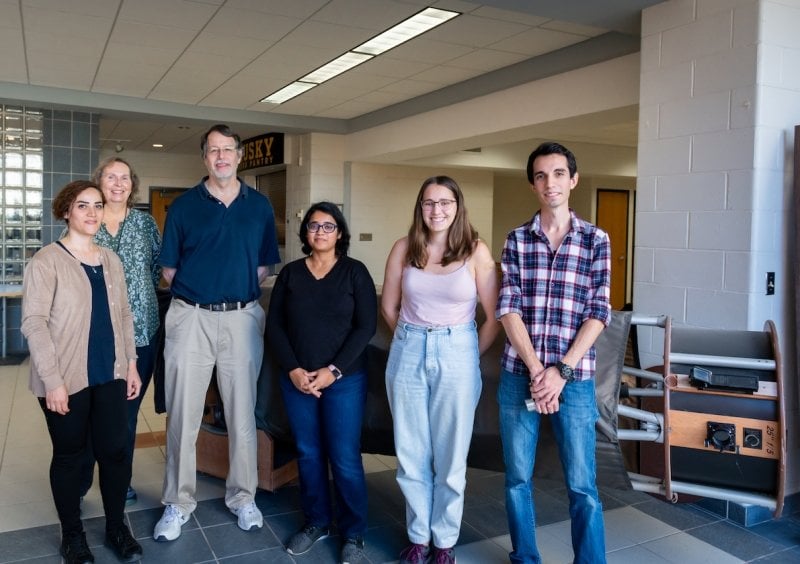
Of the many awards he’s received, he’s particularly honored to be acknowledged by his students. The caliber of students at Michigan Tech is a major reason he moved from NASA to Tech to establish his home base.
"I am quite proud to have received the annual Exceptional Graduate Mentor Award from Michigan Tech’s Graduate Student Government in 2021. This reminded me that even though we may look to the stars for inspiration, it is really earthly human interactions, like mentoring students, that affect us the most. In that light, I most look forward to the future accomplishments of my students."
In this Q&A, Nemiroff offers a big-picture view of what inspires him and how he hopes to inspire us — from how one of the world’s largest telescopes reserved for student use found its permanent home at Michigan Tech to what we can learn from the Webb telescope, and how he’s hoping to engage a wider audience with his first book written for non-academic audiences.
Q: The world has been stunned by images from the Webb telescope since it launched on Christmas Day 2021. The Pillars of Creation and the Dart Impact are just two of the findings that made global headlines. Do you think that’ll continue to be the case — that Webb has more to show us?
RN: Webb is the largest astronomical telescope ever launched, several times larger than Hubble. Size here refers to the expanse of the main mirror, which can be compared to the human eye. So, Webb has approximately one million times the area of an eye, and so in a color both can see, collects one million times more light. But Webb sees more infrared light — light too red for humans to see. This infrared light is allowing Webb to see more distant galaxies and more faint exoplanets, and peer deeper into opaque nebulae than ever before.
Webb is on track to continue making new discoveries that make new headlines. One interesting but unexpected case is the planet Jupiter. A deep image by Webb in infrared light showed previously unknown details of the Jovian giant’s dust rings and faint aurora.
Q: Are there any interesting facts about Webb that people might not know?
RN: Webb is sometimes characterized as seeing only infrared light, but actually Webb can also see red light that humans see. Webb can’t see blue, though, and it also can’t see ultraviolet light that Hubble can see.
Q: What are the conversations you and your students are having about Webb?
RN: One interesting discussion is about how to visualize the planets that Webb is discovering around nearby stars. Take, for example, the Earth-sized exoplanet LHS 475 b, only about 40 light-years away. Webb confirmed and recorded amazing data on this planet, but could not take an image. Based on this new Webb information, though, a good guess about what it might look like to be on this planet’s surface could be made. We considered how artificial intelligence (AI) can help us take a good guess.
The planet orbits close to its red parent star, so the planet was pictured as being so hot that it had continuous lava flows. AI returned many candidate versions of LHS 475 b’s surface, but there are issues with copyright.
Without Webb, we would not have known such details of this exoplanet. And without AI, we can’t interactively generate an image in such a timely fashion. The concerns surrounding image copyrights must be addressed — something that countless fields in industry and culture are debating how to accomplish — but the future of accurately and ethically imagining planets discovered by Webb through AI seems promising!
Q: Moving closer to Earth — and campus — tell us how Michigan Tech came to have what is believed to be the largest telescope in the world reserved for students.
RN: About 15 years ago, a call came in to the main physics office that someone wanted to donate a 25-inch telescope. The message was relayed to me. Now, usually a telescope described as “25 inches” refers to the diameter of the main mirror; 25-inch telescopes are so big they require skill to maneuver and use. I therefore assumed that the caller was referring to the length of the telescope and that the real diameter was likely eight inches or less. Even an eight-inch telescope would be useful, though, so I called back.
The woman on the phone kept insisting that the telescope really had a 25-inch mirror and a much longer total length. After persistent questioning, I began to believe her! I immediately sprang into action to get this telescope here to Tech before she changed her mind. I gathered as many student volunteers as I could, and I signed out a van from MTU’s motor pool. Within two days, a small caravan drove out into the Keweenaw Peninsula to pick up the telescope. And what a beauty it is! It truly has a 25-inch diameter mirror and is about eight feet long.
The woman explained that the telescope had been wheeled to an outside deck, but had not been used since her husband died. She wanted it to be used, so she was donating it to Tech. Our impromptu team anchored it as best we could in the van with a liberal use of bungee cords and duct tape. We then drove the van back to MTU — only to find it was too big to fit through the front doors of Fisher Hall! Thinking quickly, we lifted it onto the Fisher loading dock and took it directly through the Fisher elevator, which had a big enough passageway and opened on both sides. We then proudly wheeled the telescope into Fisher Hall’s main lobby, which remains its home today.
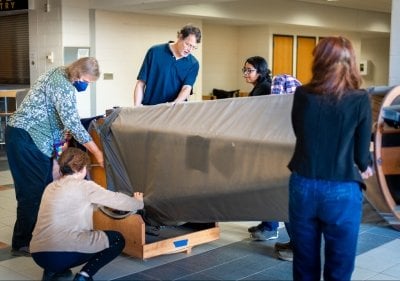
Later, the door to Fisher Hall’s outside deck was expanded to allow the telescope through. The telescope has no instrumentation attached, so it isn’t used for research, unlike the (slightly smaller!) MTU telescope at the AmJoch Observatory in Atlantic Mine.
My web searches have so far turned up no other school with such a big telescope reserved solely for student use — if there are others, we’d like to know about them. The telescope is, on occasions, wheeled out and pointed to the sky, revealing celestial objects such as the moon, stars, binary stars, star clusters and nebulae in great detail. During occasions like Family Weekend, we offer demonstrations during the day. The telescope is pointed to the top of a distant tree, which looks, through the telescope, unbelievably close.
I am hoping that students with an interest in astronomy will take on the project of modernizing some of the telescope’s now 20-year-old structure. Feel free to contact me if you’re interested.
Q: Tell us about your new book.
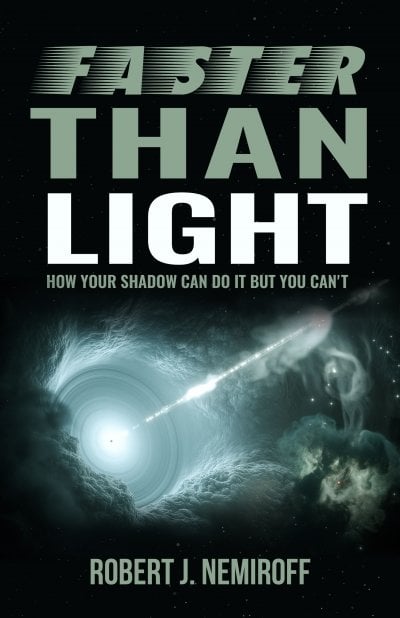
Faster than Light: How Your Shadow Can Do It But You Can’t was a labor of love for the self-published author.
RN: I have been working and waiting years for this book to be done! “Faster than Light: How Your Shadow Can Do It but You Can’t” was a lot more work than I expected. I’m proud of it. To quote the flap description, ‘The book is a humorous popularization of the surprising concepts behind the most famous speed in the universe. The book takes one theme, the universally constant speed of light, and shows how it can appear compromised on scales from the quantum mechanics of the very small to the cosmology of the very large.’ Reviews from general nonfiction readers have been, so far, quite positive, with one saying that she didn’t know that a book on physics could be this much fun.
MTU alumni may remember taking a physics class with my colleague, the famous Robert Weidman. When I asked him for a promotional blurb, he agreed to read the book and replied: “Built upon a series of intriguing questions, this book will challenge and instruct all physics students — from high school to graduate school.”
I take that as both encouragement and a compliment.
Michigan Technological University is a public research university founded in 1885 in Houghton, Michigan, and is home to more than 7,000 students from 55 countries around the world. Consistently ranked among the best universities in the country for return on investment, Michigan’s flagship technological university offers more than 120 undergraduate and graduate degree programs in science and technology, engineering, computing, forestry, business and economics, health professions, humanities, mathematics, social sciences, and the arts. The rural campus is situated just miles from Lake Superior in Michigan's Upper Peninsula, offering year-round opportunities for outdoor adventure.
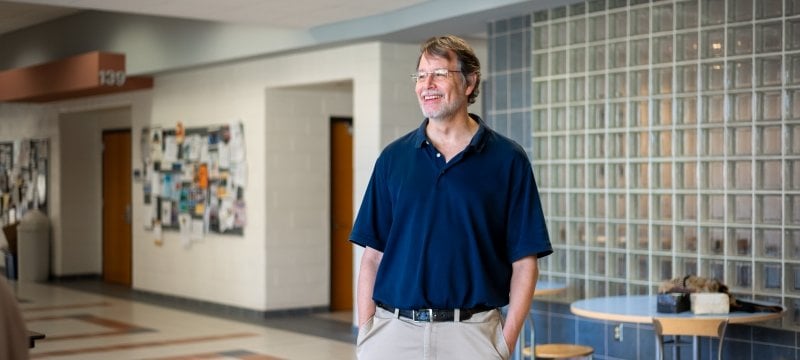
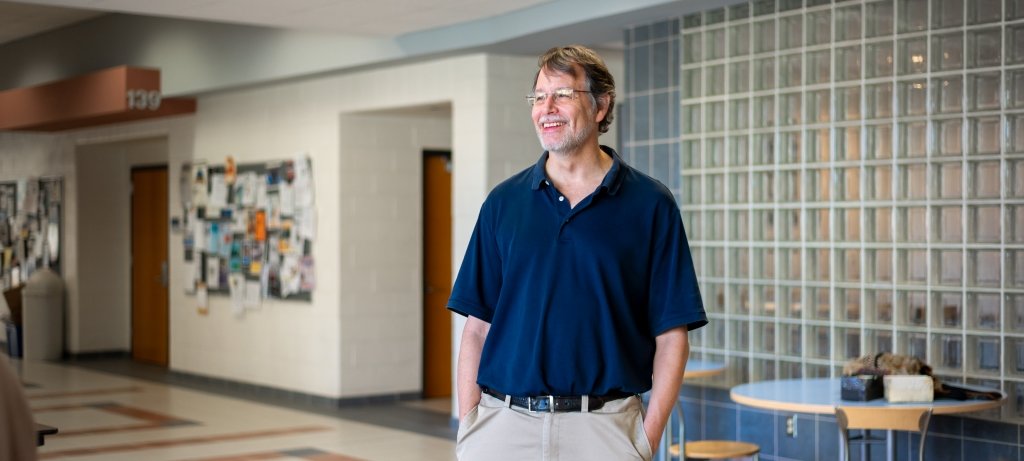
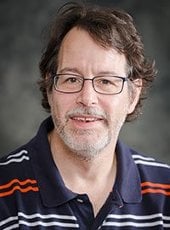
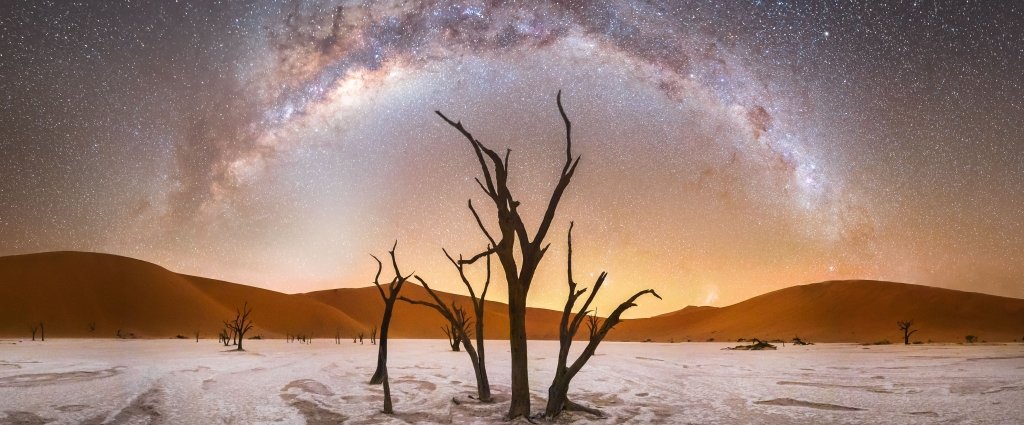


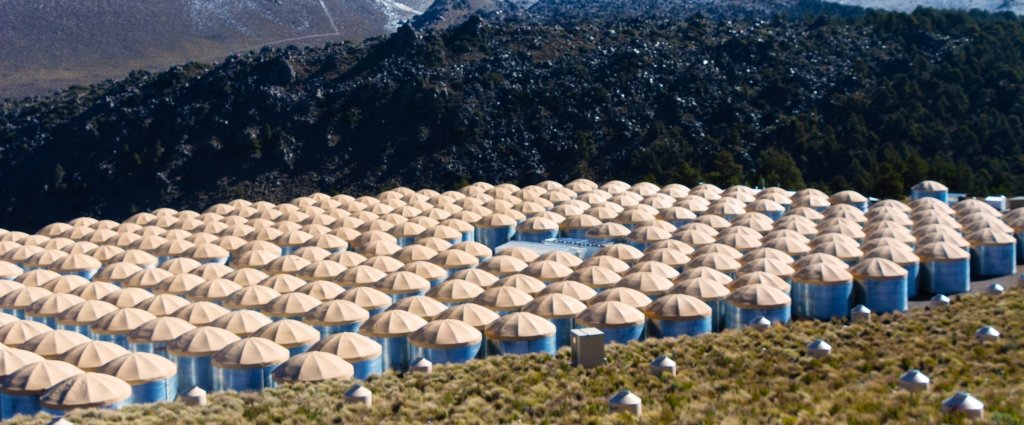
Comments